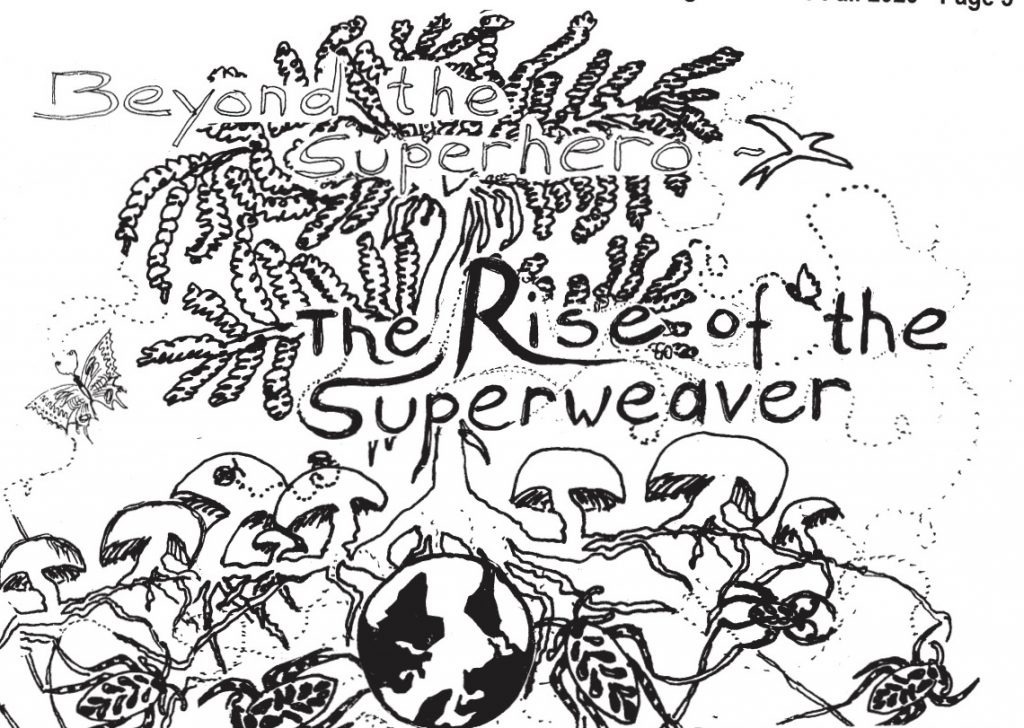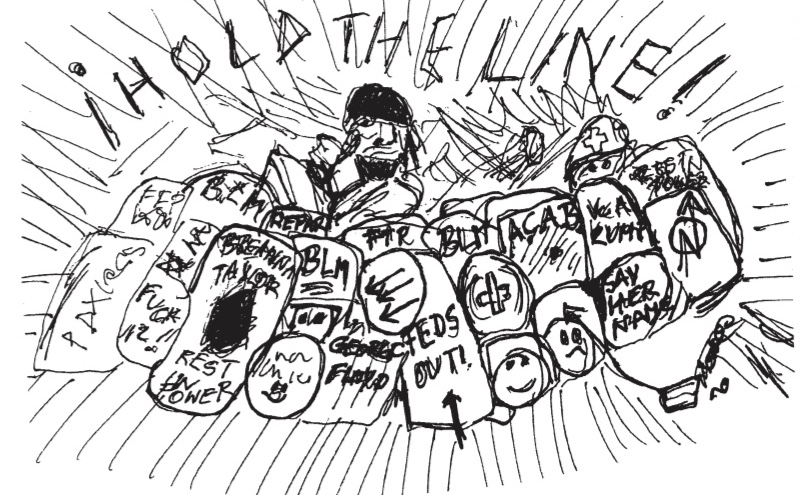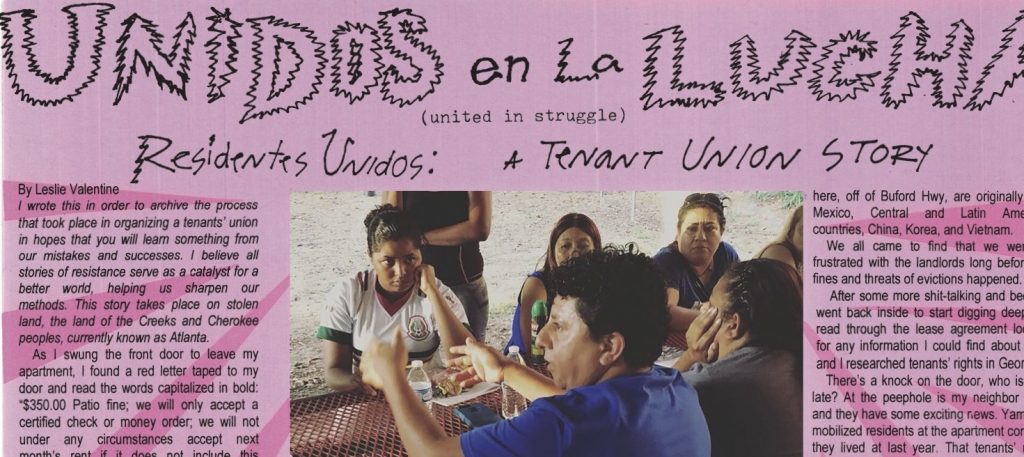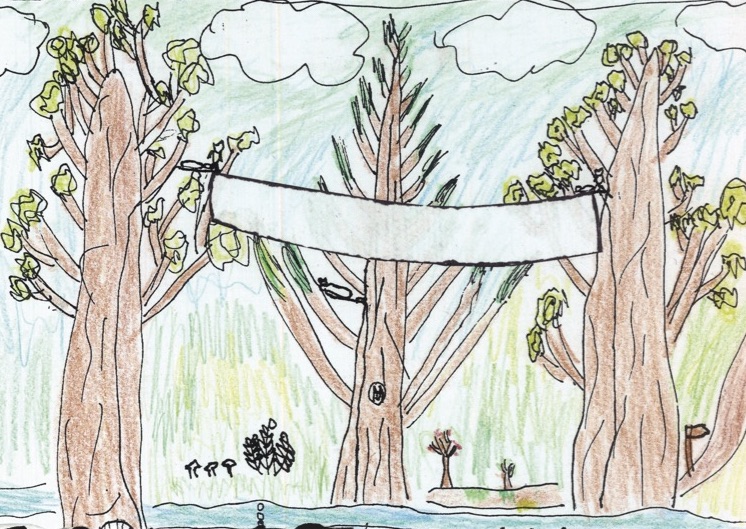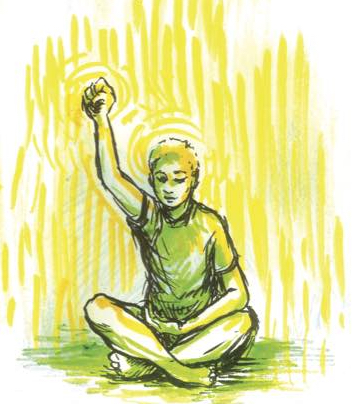
By R.B.
I open Facebook to a new post from my grandmother – it is an article with a link to a website that reeks of spyware, stating that Nancy Pelosi is diverting funds from Social Security to fund the impeachment trials. My grandmother lives in the rural stretches of the Philippines and I wonder to myself, who the fuck managed to send the message. My family in the Philippines by and large posts this type of fodder, and I subjugate myself to awkward, half English, half Tagalog spats about what I understand to be nationalism and lies, and they understand to be loyalty. Mahal. The posts range from Donald Trump putting “China in its place”, to our beloved Pilipino president -Duterte “cleaning up the Philippines”. sometimes it’s more QAnon flavored content about Trump and Duterte fighting a war against international warlords who are invested in maintaining a lizard run, sex trafficking ring. Regardless, they are always bullshit, usually linking to sites with popup ads for CGI pornography or black market vape pods, with articles reading no longer than 300 words categorized in a word space that exist so far beyond lies it feels more accurate to call them anti-truths. It isn’t too hard to imagine that the Four Chan incels also highly favor Duterte who is infamous for bragging about raping women during his presidential campaign and calling for impunity for those who commit extrajudicial killings in his name, bearing striking similarity to his U.S companion.
Sadly, this is the reality of the working poor of the Philippines – being fed right-wing conspiracies for breakfast and patriotic subservience for lunch, all to remind our people s that we never stopped being a colony of the American empire, and to keep us coddled in the comfort of having American fascists choose our President. Some people would say it is random and bizarre how American political disinformation hits the Philippines sometimes harder and earlier than it even reaches the mainland, but when you think of how the American military tests teargas and rubber bullets on Palestinians prior to employing them on Black Lives Matter protests, it is understandable that they do the same to Pilipinos with misinformation dissemination and surveillance technology.
In the Documentary “A Thousand Cuts” Maria Ressa the Editor in Chief of Rappler, the foremost publication invested in combating right wing media brainwashing in the Philippines, explains why the Philippines was chosen as the premier testing ground for media disinformation and surveillance. She explains that the only population that spends more time on cellular devices and social media than Americans is Pilipinos — probably due to the nature of our diaspora, fueled by the trans-continental need for service labor, of which the Philippines is a top purveyor, and thus to remain connected to loved ones we are always plugged in. Ressa notes that both Trump and Dueterte’s campaigns collaborated with entities such as Cambridge Analytica to run targeted campaign ads, and “independent” media personalities who effectively campaigned to misinformed, rural, and poor populations. They invested in spreading propaganda and dissuading people from believing the word of media outlets who discredited their campaigns and ran stories highlighting their hate and violence inciting message The usage of media misinformation and targeted surveillance technologies that utilize personal data to create algorithms that spread this misinformation more effectively was a linchpin of the successful elections of both Duterte and Donald Trump. With re-elections brewing and the spread of global fascism accelerating alognside the rise of wanna be politicians shaped in the image of these fear mongering models, we must dig deep to understand how these tools are being used to shape a political ethos that stretches far beyond single figureheads.
While the dissemination of right-wing propaganda is an injusticeunto itself, there is another layer of imperial fascism that underlies the intention of its dissemination. Due to poverty and lack of access to information or technology, political lies have the power to spread like wildfire and keep entire generations of the Pilipinos, who had no access to their decolonial history, brainwashed. This is a powerful tool of mobilization that the right employs internationally, and the Philippines is no exception, The fascists governments from Ferdinand Marcus and Duterte monetarily and politically gained through the imperial exploitation of Pilipino labor and natural resources. They, the rich, the political figureheads, have everything to lose if the working classrises against the socioeconomic inequality, the environmental degradation, and the militaristic occupation that is entrenched in fascist, U.S backed regimes.
Yet, there is a class of people that fight against this misinformation, fascism, and continuance of imperial regimes in the Philippines — these people span from indigenous community members unveiling the genocidal attacks and brutal murders of tribal leaders, journalists who cover the contradictory claims of Duterte such as the regime’s corroboration with American government, military, and corporations, and working class Pilipinos who are being murdered in the thousands in the name of the Duterte’s “War on Drugs” that should be more aptly titled, the “War on the Poor”. These whistleblowers have forged a powerful movement against the fascist regime, many of whom have garnered international attention from NGOS to international anti-imperialist, pro-Communist organizers, especially those invested in the liberation of indigenous, working class peoples of the world. And all this attention has been harnessed into international pressure on Duterte.
This pressure has led the regime to violently retaliate against liberation protesters, journalist, and activists in the form of the unholy “Anti-Terror Bill” – a piece of legislation that labels activists who organize against the regime , and journalists who publish writing that could be considered slanderous or “inciting”, as criminals who can be imprisoned or killed with impunity. Language of the bill criminalizes “seriously destabilize(ing) or destroy(ing) the fundamental social, economic or political structures of the country” which is especially dangerous to those who are organizing for a Communist insurgency to take place in the Philippines and for indigenous, farmers, and working class Pilipinos to take arms against the current political system and reimagine a nation built on indigenous sovereignty and collective ownership of the land.One that refutes American and other Western nations’ exploitation of the natural resources and land that the Philippines sits upon. At this time, the Anti-Terror Bill has stated that pro-indigenous, Black Lives Matter, and anti-imperialist sentiments all fall under “violence inciting” language, and are punishable by means of imprisonment and death.–
Liberty and freedom of speech are waning in the islands, and fear is sinking deeper into the psyches of liberation activists, as what started as friend requests from junk accounts laden with their personal information and creepy hits on the internet from anonymous hackers, became bodies on their front door steps, and violent lynchings in village centers, reminding one that maybe we are better off misinformed than dead and dismembered.
It is frightening to think that if the American government uses the information dissemination and tracking systems that the Philippines uses — we too must be cognizant of the potential insurgence of an American “Anti-Terror Bill”. In a similar fashion to the killings of indigenous leaders in the Philippines, we have Black Lives Matter protesters being pushed into unmarked vans, and being held hostage by the Department of Homeland Security in cities across the country, from Portland to Brooklyn, New York. While America too has a rich history of imprisoning and executing insurgents, from Fred Hampton’s CIA backed assassination and Assata Shakur’s detainment, to the disappearance and arrests of the Indigenous leaders of the No Dakota Access Pipeline (No DAPL) protests. We can only imagine that this type of hunting of activists to uptick with the growth of private companies such as Facebook stating that they will sell our information to the highest bidder, all while proving their willinness to hand over our identifying information for political power grabs of fascists. Our information lives on Facebook, White Pages, and the depths of the dark web – we are identifiable, discoverable, and plugged in with our locations and appearances being updated in databases every time we let Yelp use our location or we update a selfie onto Instagram.
While this is terrifying, the answer to how we escape this technological circle jerk of surveillance, misinformation, and fascism doesn’t lie in burning your phone and deleting your social media. It lies in organizing smarter: using Signal, not taking photos at protests, leaving your phone at home when you organize, and not being a fucking snitch. It lies in fighting disinformation with the spread of powerful, liberating information – writing to your friends and family that are posting political lies, and falling into the depths of the hate mongering crevices of the internet. It is reminding those that we live in community with, by place, identity, or any sense that could create belonging with you and another, that the lies on the internet are just that, and what supersedes the faux “community” of the online underworld, is a tangible collection of people that stand together and united against the evils that keep us mutually subjugated . So often we falsely mark the people who fall under the influence of disinformation, such as followers of QAnon or other false prophets, as simply, idiots – that we could never be them or be in community with them. And while this terror of misinformation has taken hold, we must look to the powerful tools of humanization and education so we can ultimately find our mutual liberation to fight against private ownership of information, against the surveillance state, against the misuse of media, and ultimately against the fascist propaganda machine.


